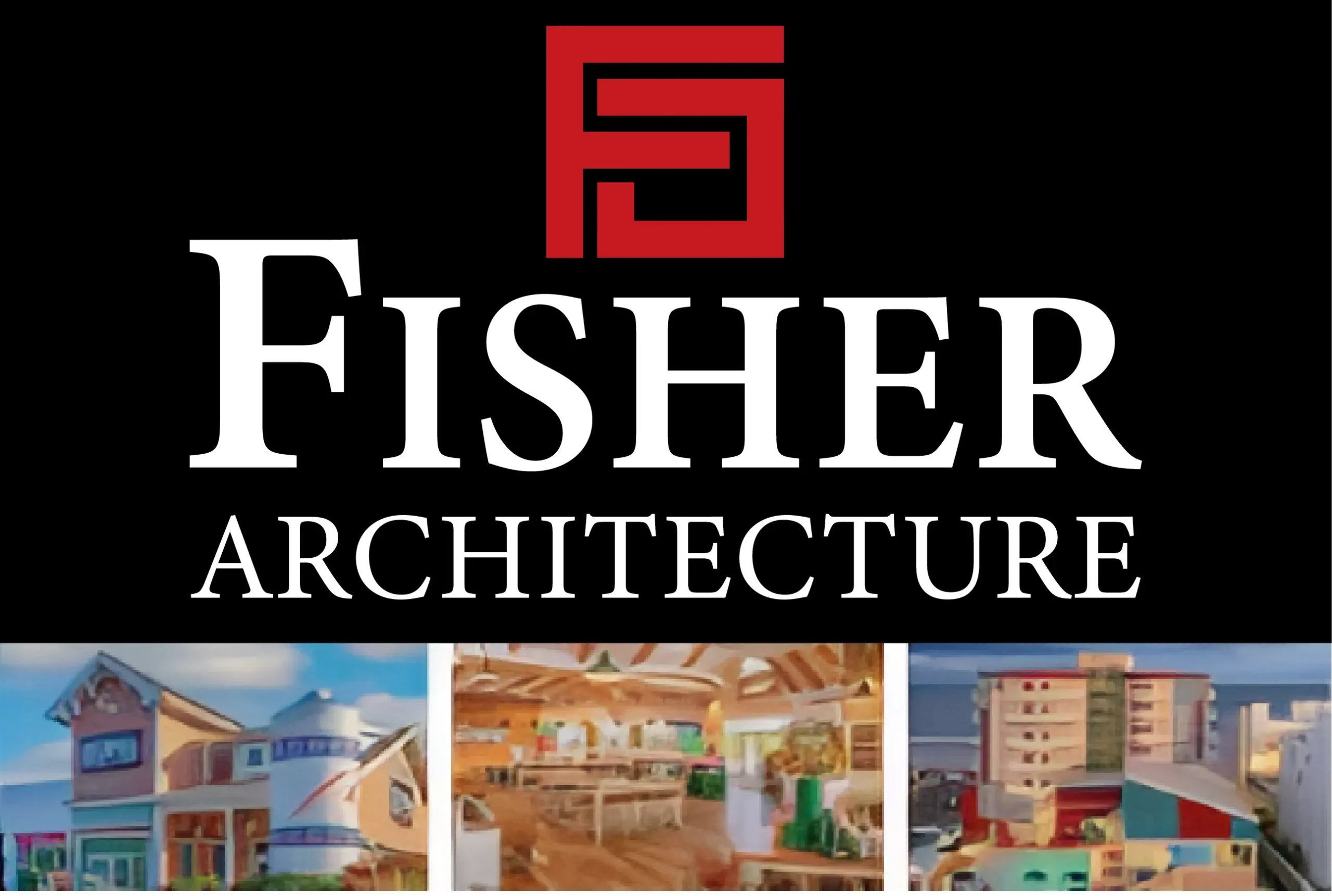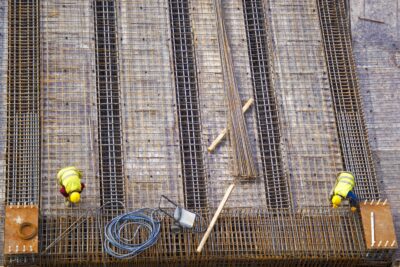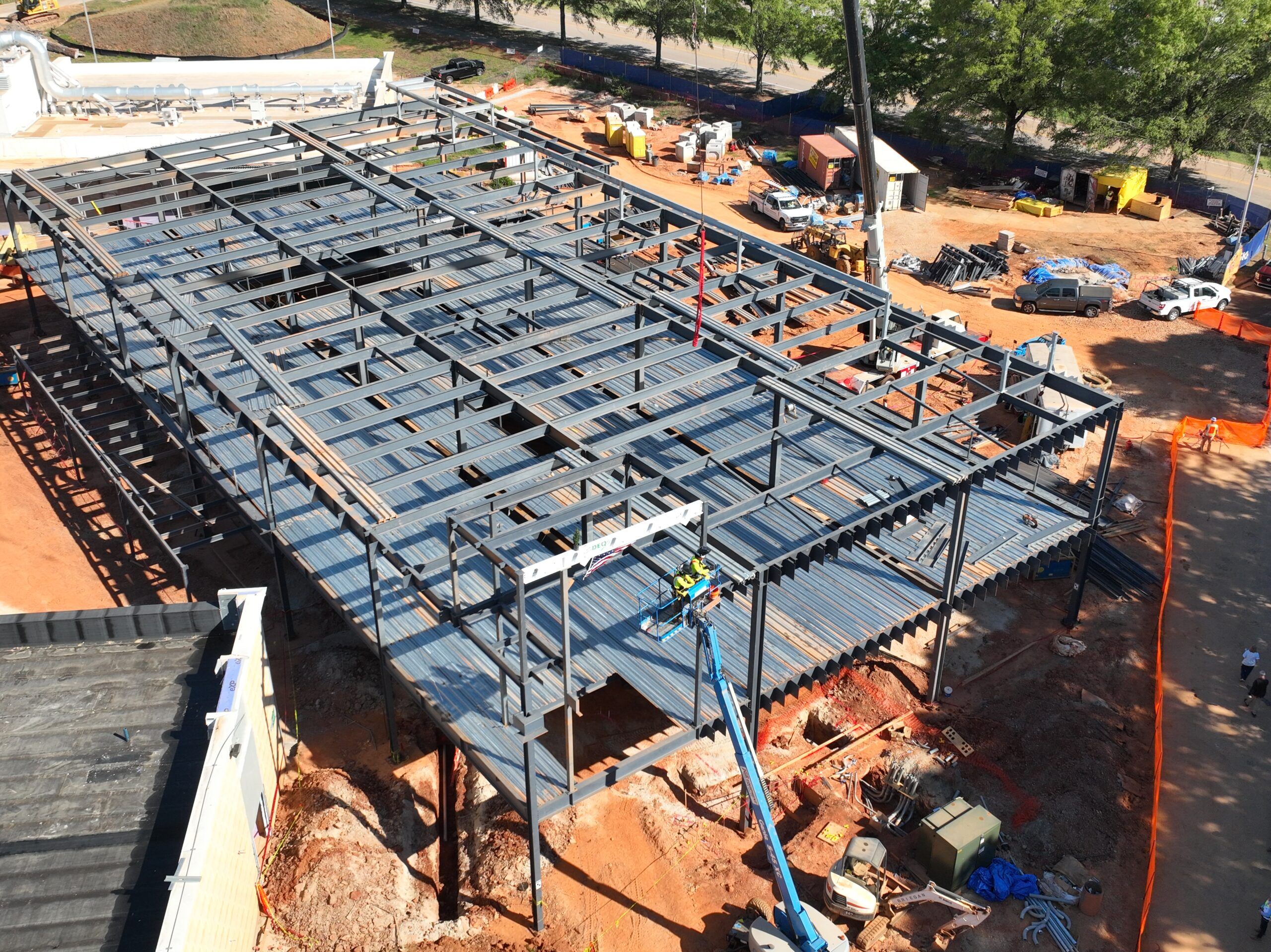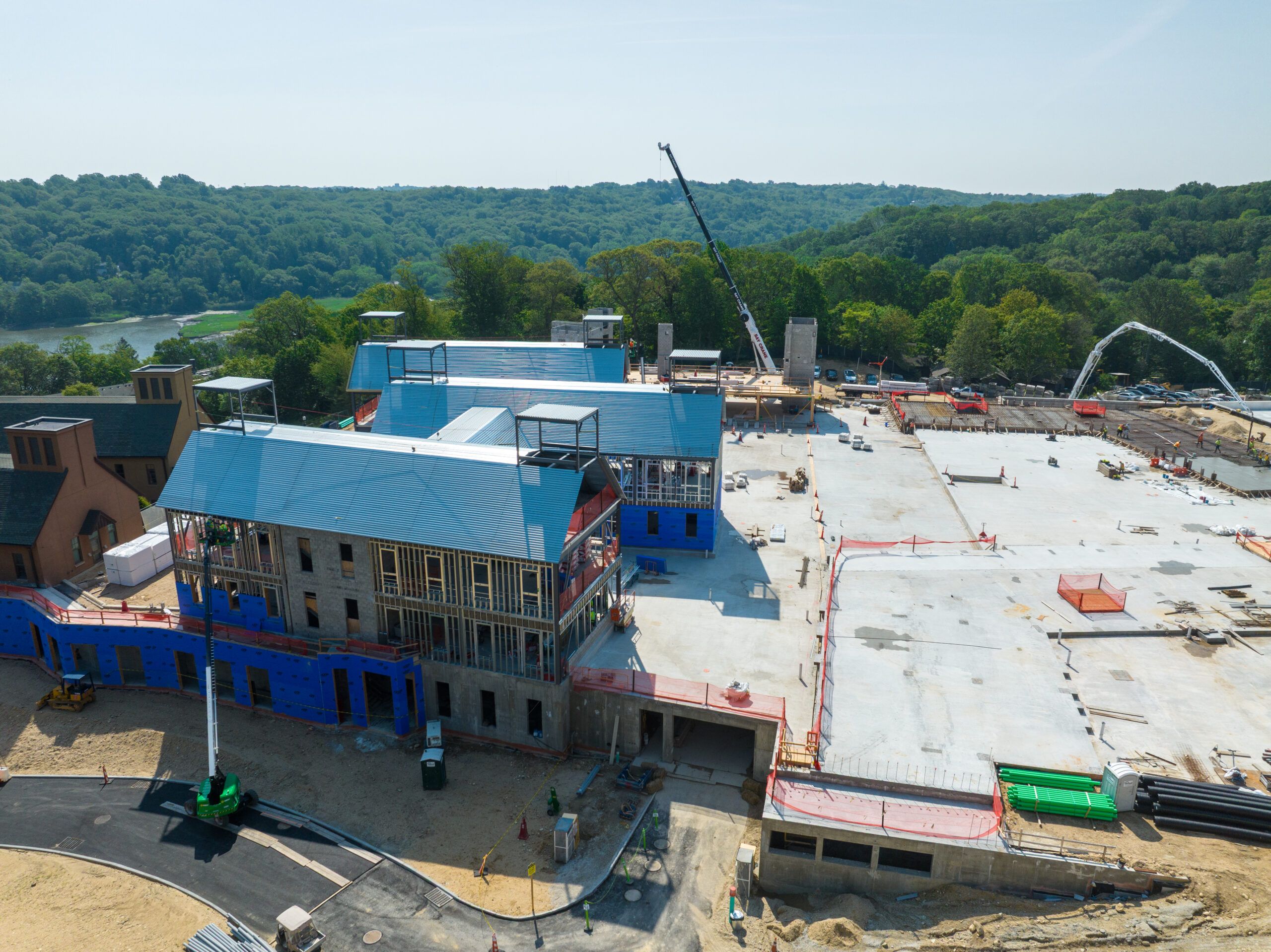The construction industry has long relied on steel and concrete as the backbone of infrastructure projects. While these materials have proven their strength and durability, they come with limitations such as corrosion, high maintenance costs, and environmental impact. In recent years, innovation in materials science has introduced a transformative alternative: Glass Fiber Reinforced Polymer (GFRP).
GFRP is gaining traction among engineers, architects, and infrastructure developers for its unique properties and long-term benefits. But what exactly is GFRP, and why is it becoming a preferred choice in modern construction?
What is GFRP?
Glass Fiber Reinforced Polymer (GFRP) is a composite material made from a polymer matrix reinforced with glass fibers. This combination results in a lightweight yet strong alternative to traditional steel reinforcement. GFRP is non-corrosive, highly durable, and resistant to a variety of environmental factors, making it ideal for both new construction and the rehabilitation of aging infrastructure.
Key Advantages of GFRP
- Corrosion Resistance
One of the most significant benefits of GFRP is its immunity to corrosion. Unlike steel, which can deteriorate over time when exposed to moisture, chemicals, or salt, GFRP maintains its integrity. This makes it particularly useful for marine structures, bridges, tunnels, and wastewater treatment facilities. - Lightweight Composition
GFRP is considerably lighter than steel, which can simplify transportation and installation. This weight reduction also lessens the load on supporting structures, potentially reducing material requirements and overall construction costs. - High Tensile Strength
Despite its lightweight, GFRP boasts impressive tensile strength, often exceeding that of steel. This makes it a reliable option for load-bearing applications without sacrificing performance. - Longevity and Low Maintenance
Structures reinforced with GFRP require less maintenance over time. With minimal risk of corrosion or material degradation, the total lifecycle cost of a GFRP-reinforced structure is often lower than its steel-reinforced counterpart. - Non-Conductive and Non-Magnetic
GFRP does not conduct electricity or interfere with electromagnetic fields, making it ideal for applications in environments where these properties are critical, such as hospitals, power plants, and research facilities.
Applications of GFRP in Modern Construction
GFRP is being increasingly adopted across various sectors. In civil infrastructure, it’s used in bridge decks, road barriers, retaining walls, and foundation piles. It is also seeing growing use in the energy sector, particularly in the construction of wind turbine foundations and substations. Moreover, GFRP is a practical solution in harsh climates and chemically aggressive environments where traditional materials falter.
The transportation industry is another area benefiting from GFRP. In railway construction, GFRP components are used to reinforce sleepers and structural platforms. Airports, too, utilize GFRP to strengthen runways and reduce long-term repair costs due to heavy traffic and exposure to the elements. In industrial facilities, GFRP is valued for its resistance to chemicals and moisture, making it suitable for manufacturing plants and storage units.
Another promising area for GFRP is in modular and prefabricated construction. Its lightweight nature and ease of customization allow manufacturers to develop pre-engineered components that are quick to install and easy to transport. This contributes to faster project completion times and lowers on-site labor demands—both important factors in today’s fast-paced construction schedules.
Sustainability and Environmental Impact
As the construction industry moves toward greener practices, GFRP presents a more sustainable option. Its corrosion resistance reduces the need for chemical treatments and repairs, while its durability extends the lifespan of structures, leading to less frequent replacements and lower resource consumption.
Additionally, advancements in the recycling and repurposing composite materials are opening new doors for GFRP in circular construction models. Researchers and manufacturers are exploring ways to reuse GFRP waste in secondary products, which could further reduce environmental impact and improve overall material efficiency.
Choosing the Right Supplier
When incorporating GFRP into a project, selecting a reliable supplier is essential. High-quality Glass Fiber Reinforced Polymer (GFRP) solutions tailored for diverse construction needs can ensure that projects benefit from both technical support and proven product performance.
Conclusion
The construction industry is evolving, driven by the need for more efficient, durable, and sustainable materials. GFRP stands at the forefront of this transformation, offering a compelling alternative to steel that meets the demands of modern infrastructure. As awareness of its advantages grows, GFRP is poised to become a cornerstone of innovative construction practices worldwide.












